Looking for love but can't find a penguin mate
Male Magellanic penguins outnumber females three to one.
Looking for love
Argentina's male Magellanic penguins are having a tough time looking for love. They outnumber the females by three to one.
This handsome guy is always dressed in his tuxedo, loves seafood, ocean swims and walks on the beach. He’s looking for his happily-ever-after to start a family. Turbo has been searching his entire adult life but has yet to find his forever valentine.
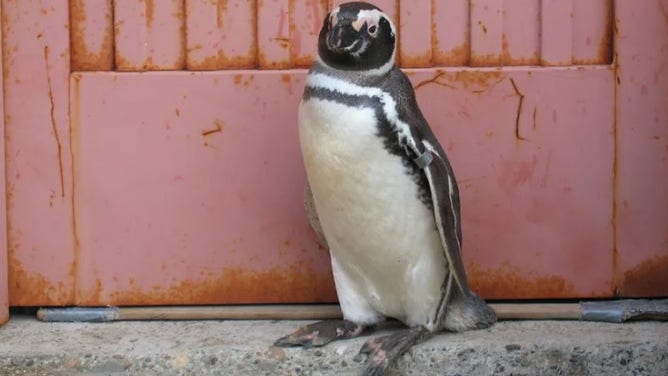
Turbo, the consummate bachelor.
"The real problem for penguins is that there's a lot more males than there are females, and females just have a higher death rate than the males," Dee Boersma, Ph.D. and Director of the Center for Ecosystem Sentinels at the University of Washington, told FOX Weather. "Not surprisingly, that means a lot of males are not going to get a mate."
Boersma and her team have been studying a colony of Magellanic penguins in Punta Tombo, Argentina for the past 40 years. "He's a little short -- only 18 inches," said Boersma of Turbo, who is at least 14 years old. "We know that he had a female in his nest one day over the last 14 years… that female that he had for the day, moved next door and mated with another penguin."
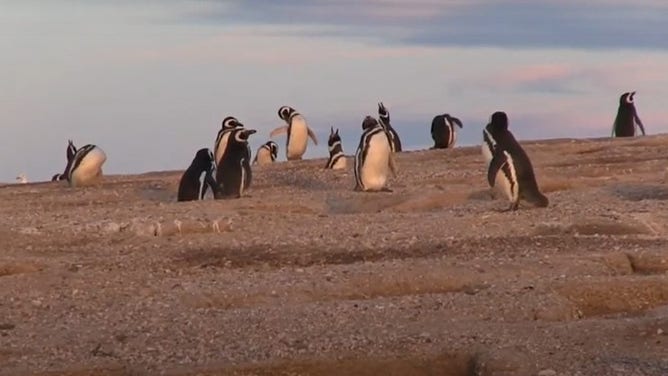
The penguin colony at Punta Tombo.
(Center for Ecosystem Sentinels)
The largest Magellanic penguin colony in the world in the 80s dwindled to 40% of that number. "When I started this study 40 years ago, there were almost equal numbers of males and females," said Boersma.
HOW ANIMALS SURVIVE THE FROZEN EDGE OF THE WORLD
She blames climate change and weather extremes. "It was too hot for penguins. It got to be 44 degrees Celsius in the shade. That's 111 degrees," Boersma recalled in February 2019. "27% of them died on the way, going to the beach because it was so hot."
Heavy rain and storms flood nests and collapse burrows, drowning chicks. The chicks can also get hypothermia.

A wet chick without protective, adult feathers at risk of hypothermia.
The International Union for Conservation of Nature lists the species as "Near Threatened."
7 THINGS YOU PROBABLY DON'T KNOW ABOUT PENGUINS
The lovesick Turbo arrives year after year at southern Argentina's same beach following his winter migration. (Seasons are reversed in the Southern Hemisphere.) He builds a comfy, safe nest in mid-September – or fixes up his old one -- then watches his neighbors lay eggs in late October.
- Chicks are born around mid-November
- Parents rear them through mid-January until the chicks can hunt on their own
- Penguins are fully grown after three months
- The entire colony sets out to sea in mid-April to fish and fatten up for the next breeding season, seldom coming ashore, according to Boersma
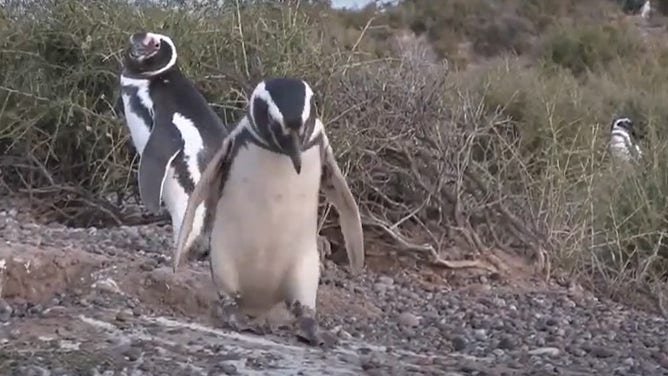
(Center for Ecosystem Sentinels)
The Magellanic penguins may or may not return to the same nest and the same mate each year. They usually return to the same area to breed.
The penguins feast at sea but fast on land. Breeding mates take turns keeping the eggs warm and go many weeks without food as chicks age. Parents return with food every day or so every few days. Penguins travel six to over 450 miles away from their nest when they fish.
Boersma’s team bands the penguins to identify individuals then observes and weighs them every day during the breeding season. She even fits some penguins with satellite trackers and RFID to monitor where they hunt for food and during the migration.
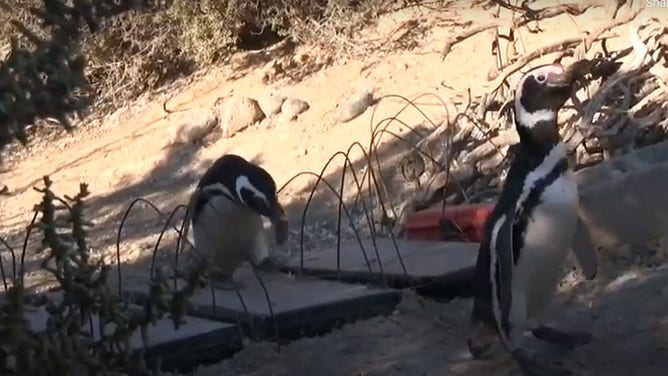
The penguins weigh themselves by walking across specially designed scales.
"Penguins are marine sentinels. We use the penguins as indicators sounding the alarm of the declining conditions of our oceans," said Boersma on the Center's website. "We take the data needed for effective conservation."
Oil tanker lanes have been moved further offshore thanks to the Center’s research -- reducing the chance that hunting penguins will swim through oil spills. The legislation cites her studies and expanded Marine Protected areas around the colony.
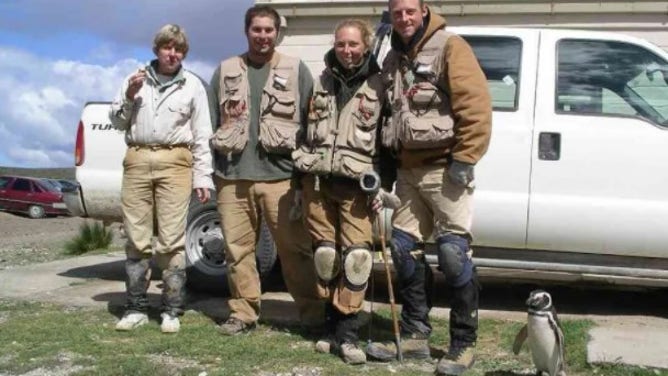
Turbo's namesake pickup, Boersma (right), her research team posing with Turbo in Punta Tombo, Argentina.
(Center for Ecosystem Sentinels)
Turbo earned his name, not because of his speed, but because he made a nest under the team’s turbo pickup.
Over 100,000 tourists visit the penguins at the reserve each year.
